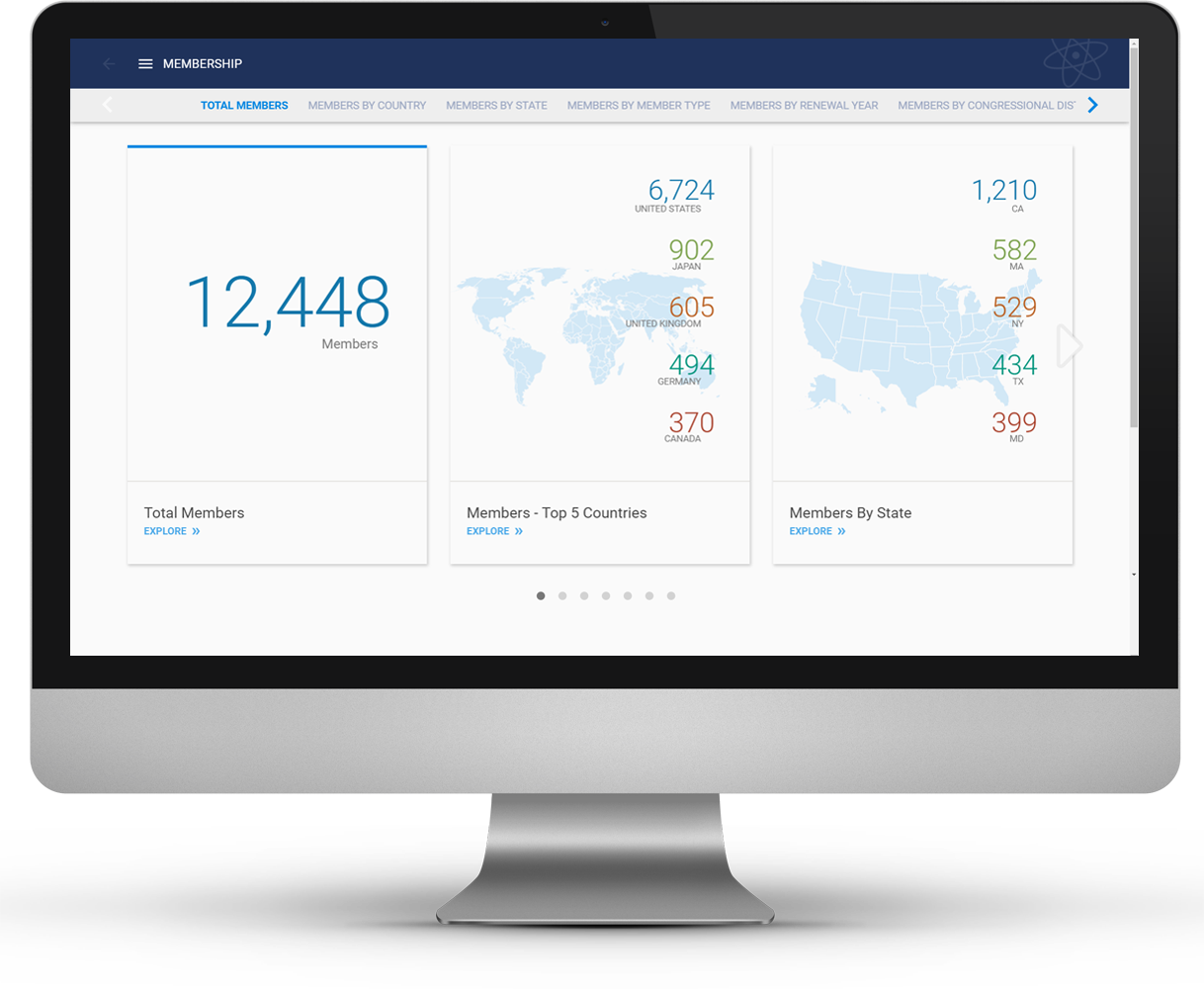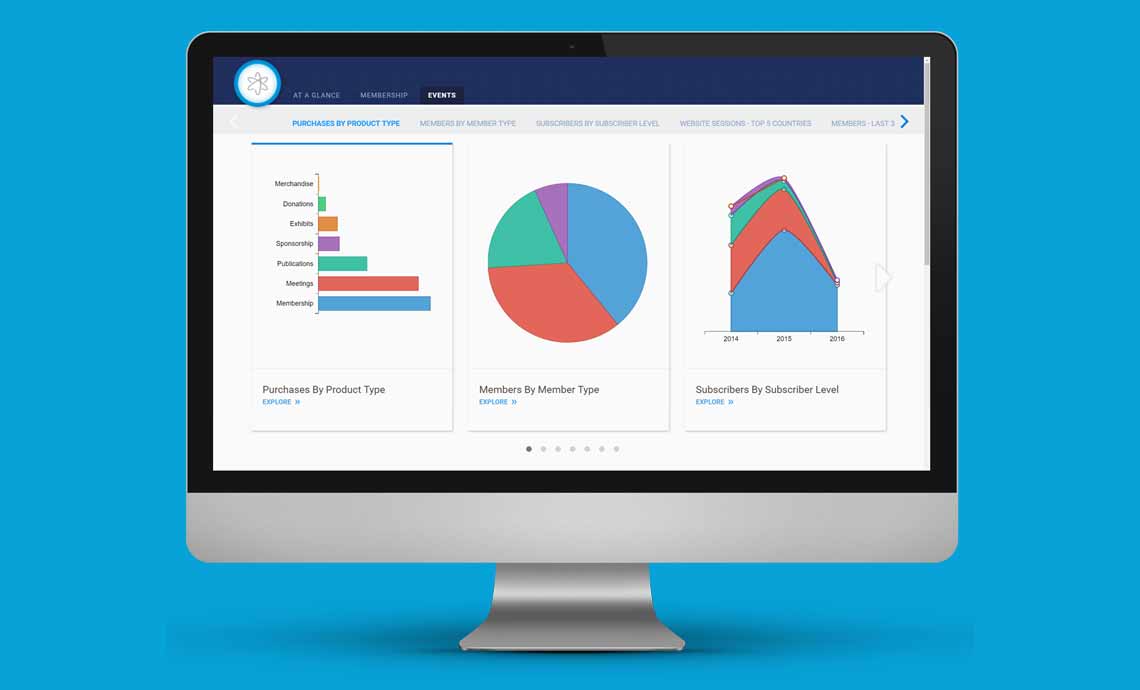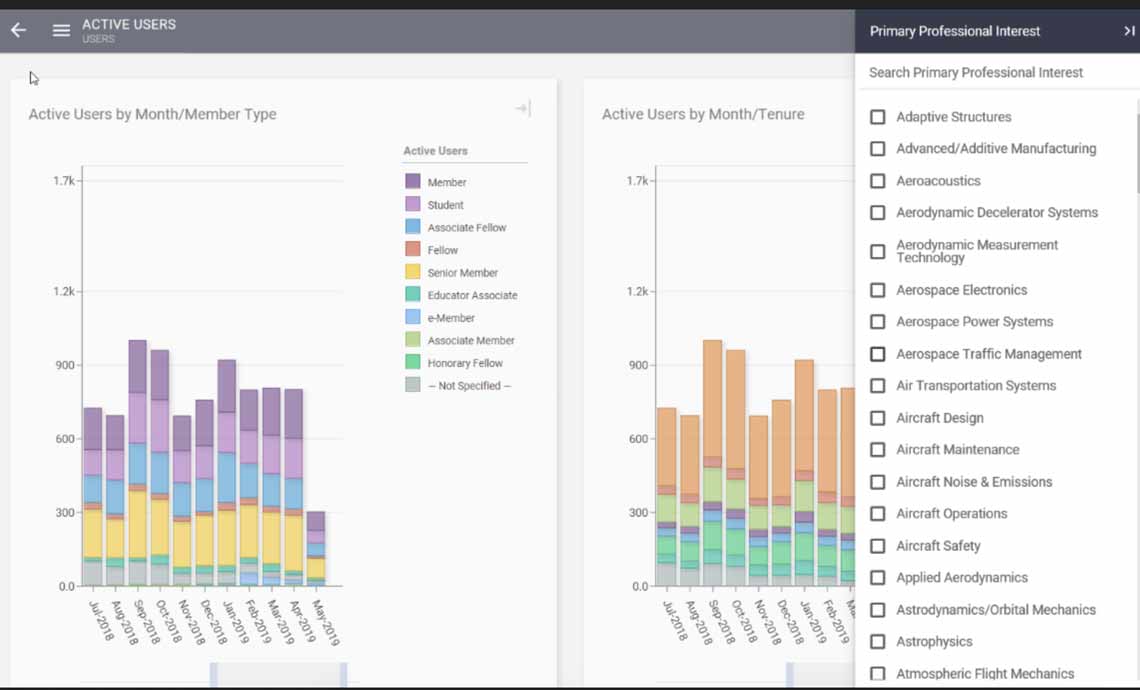
Excerpted from “Why Is It So Hard to Become a Data-Driven Company?” by Randy Bean – published February 5th, 2021
According to Harvard Business Review, thriving as a mainstream organization today means being data driven. Those that have lagged on this front have observed their data-driven competitors seize market share and make inroads into their customer base over the course of the past decade.
A newly released executive survey revealed that 99% of major American companies invested last year in data and analytics, and 91.9% of firms report that the pace of investment in these projects is accelerating.
Just as in the association industry, companies see the profound benefits of managing data as a business asset, forging a data culture, competing on data and analytics, and using data to drive innovation – and many are succeeding. In this latest survey, 29% reported achieving “transformational business outcomes” during the past year – so what is holding the others back?
Here are Harvard Business Review’s key findings from the study, along with (in blue text) association-specific perspectives:
Cultural Challenges
For the fifth consecutive year, executives report that cultural challenges — not technological ones — represent the biggest impediment around data initiatives. In the 2021 survey, 92.2% of mainstream companies report that they continue to struggle with cultural challenges relating to organizational alignment, business processes, change management, communication, people skill sets, and resistance or lack of understanding to enable change. This represents an increase from an already high percentage of 80.9% of firms that named cultural challenges as the greatest impediment to success just four years ago.
As management guru Peter Drucker once said, “Culture eats strategy for breakfast.”
Given these findings, executive leadership should consider three pragmatic recommendations:
Recommendations to Improve Data Culture
- Focus your data initiatives on clearly identified high-impact business problems or use cases. By starting where there is a critical business need, executives can demonstrate value rapidly through “quick wins” that achieve tangible results, build credibility for their investments in data, and use this credibility to identify additional high-impact use cases to build business momentum.The Nucleus Data Analytics solution lets associations select where they wish to begin and prove the value in one department or program (for example: membership retention, new member acquisition, conference attendance, or non-dues revenue) before introducing analytics to other functions.
- Reexamine ways that you think about data as a business asset for your organizations. Data flows like a river through any organization. It must be managed from capture and production through its consumption and utilization at many points along the way.With Nucleus, data is pulled in near real-time from all your critical systems and aggregated in a modern data lake – this comprehensive and always-current data can then be used to provide insights throughout the organization.
- Demonstrate your commitment to a data-driven transformation. Investments in data governance, data literacy, programs that build awareness of the value and impact of data within an organization, represent an important step in the right direction. Don’tlose patience or abandon efforts when results are not immediately forthcoming. Data-driven business transformation can be a long-term process that requires patience and fortitude.Provide leadership and staff in each department with tailored dashboards that provide daily insights into the functional areas oversee. This will enable them to make more informed decisions and will quickly deliver a return on investment.. Nucleus dashboards are self-explanatory, encourage exploration of data through filtering and segmenting. Also, the Nucleus on-line data glossary provides an ideal destination for supporting business terms and definitions. The glossary explains the purpose and nuances of the underlying data so the value of the dashboards are well understood.
Conclusion and Next Steps
It’s worth noting that companies have made great progress over the course of the past decade. When this survey was first launched nearly a decade ago, mainstream companies had just begun to embrace Big Data and its expected transformational impact: Big Data and AI were nascent capabilities, which received minimal investment; few companies had developed formalized programs and articulated a corporate commitment; and the function of a Chief Data Officer was non-existent, except within a small handful of companies.
In the intervening years, the percentage of organizations reporting the appointment of a Chief Data Officer has increased from 12.0% in 2012 to 65.0% in 2021.
81.0% of executives surveyed this year indicated that they have an optimistic outlook for the future of data and AI within their firms. There is no question that Big Data has been absorbed into the mainstream.
We encourage you to explore the quick wins and rapid cultural acceptance that can be achieved with a data analytics solution developed specifically for associations – one with dashboards for all levels of your staff and your different functional areas (membership, marketing, events, advocacy, etc.). It is ready right out of the box with pre-built connections to the most important source systems in the market.


